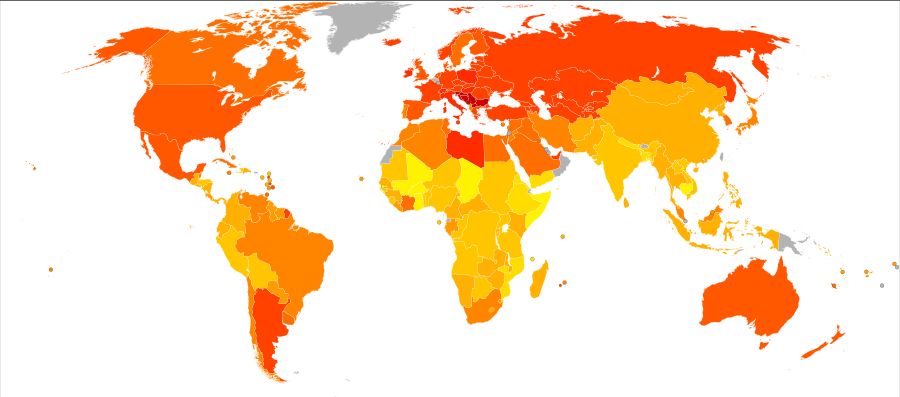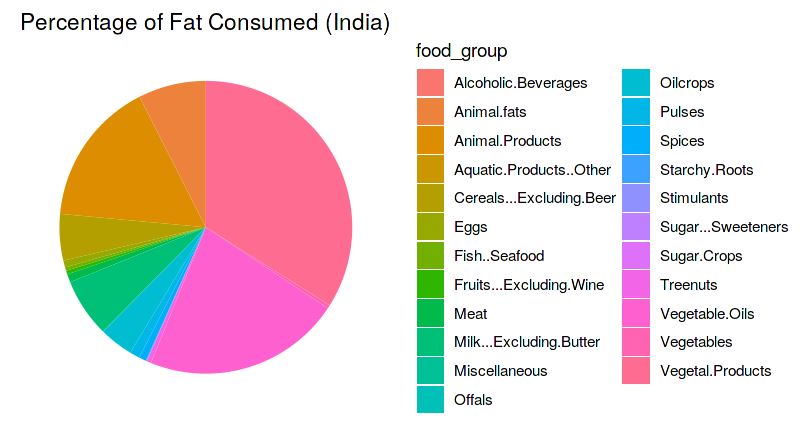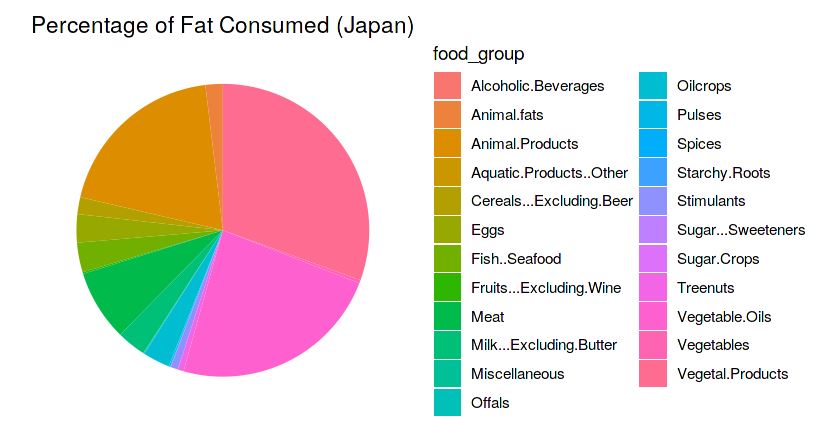
Data insights on our Diet – Part 1 FAT Consumption
Our body has capability to fight against diseases, viruses and the ability to fight is based on how strong the immune system is
Body immune system is a complex process and constantly evolves based on environment, exposure, long term conditioning. Its proven that the food we eat and its source determines how strong or weak the immune system is through various scientific processes
While no single food will upgrade your immune system, poor nutrition can have a negative effect on the immune system. What counts is having a balanced diet.
– from WebMD source
Courtesy to kaggle.com, recently I got good source of data on various diet sources and consumption across different countries. My analysis is still in progress, but wanted to share few early insights across three countries – US, India & Japan. No particular reason to select these 3 countries, just that they are spread across the globe i.e. US on West, Japan on East and India in the middle
The USDA Center for Nutrition Policy and Promotion recommends a very simple daily diet intake guideline:
30% grains, 40% vegetables, 10% fruits, and 20% protein
In this multi-part blog, lets look at the various categories and distribution through exploratory analysis. I am not an expert dietitian, just sharing these for everyone’s reference. Please share your insights and inputs that could benefit improving our healthy diet and fight prevailing or any future pandemics.
Looking at the pie charts of FAT consumption across 3 countries, some interesting observations. First thing is all these countries have different demographics, culture, eating habits and different diet sources.
| US | India | Japan |
|---|---|---|
| US has more fat source coming from animal fats, and meat category | India consume more fat from vegetal products than the US India has more fat coming from milk | Japan consums more fat from vegetal products than the US, as well as more fat from fish/seafood. |
overall, it look like the difference in each category of FAT consumption isn’t drastically different between the three countries, even though the types of food and sources of FAT are quite different. Any explanation on which source of FAT is good is a much advanced topic.
Will the FAT source impact obesity, is something we will explore in the data analysis in subsequent parts.
Stay tuned….


